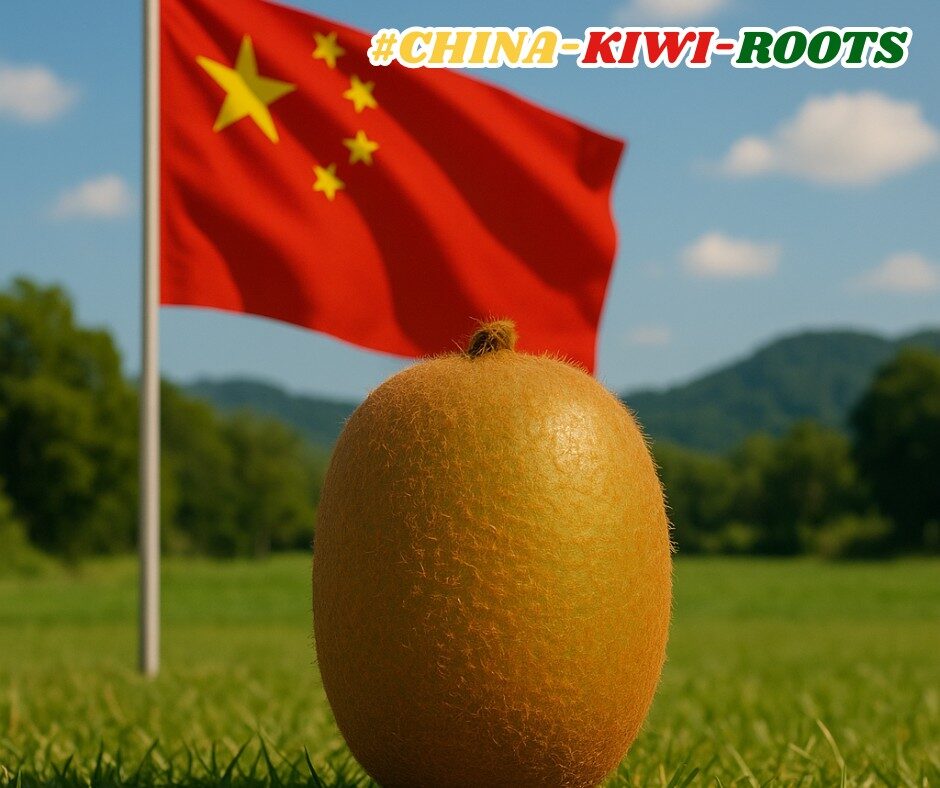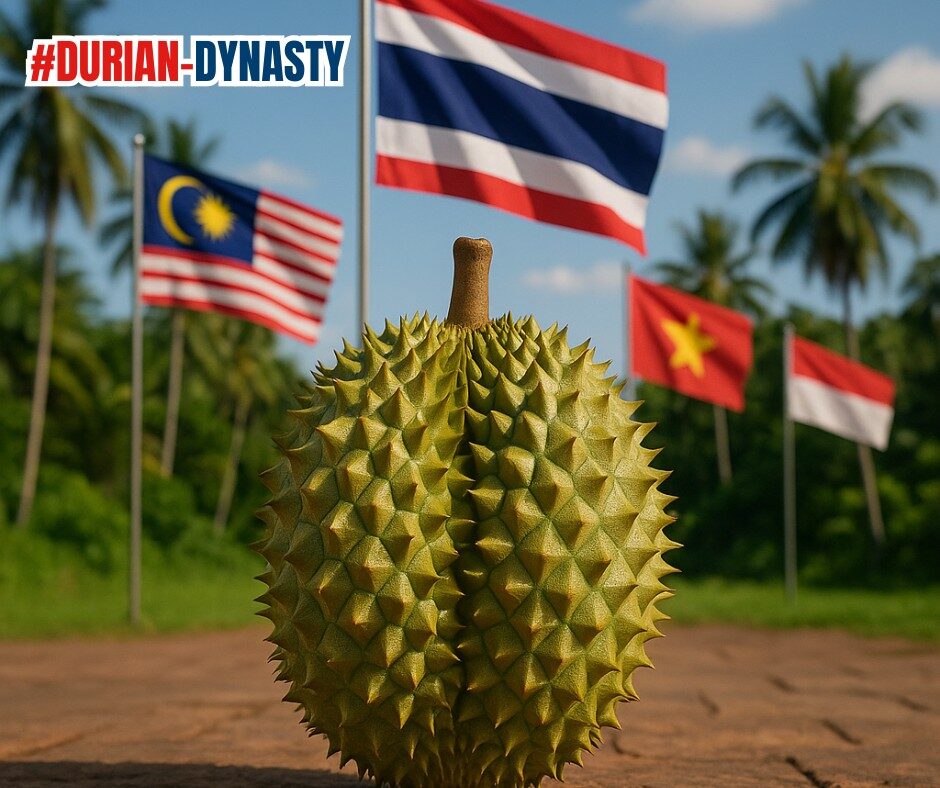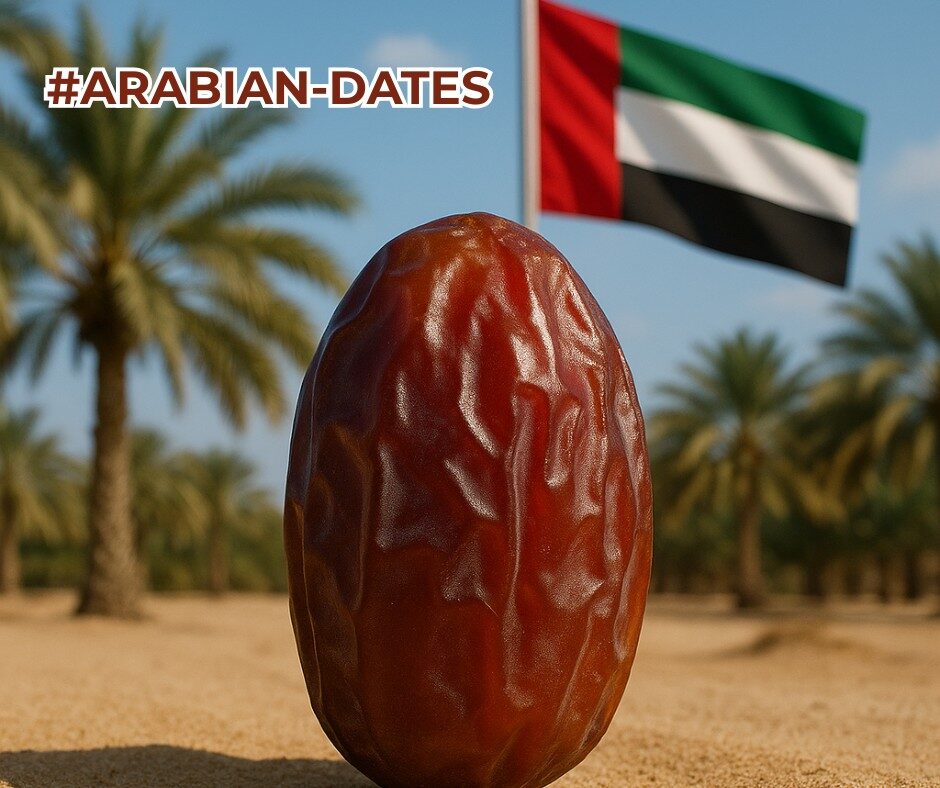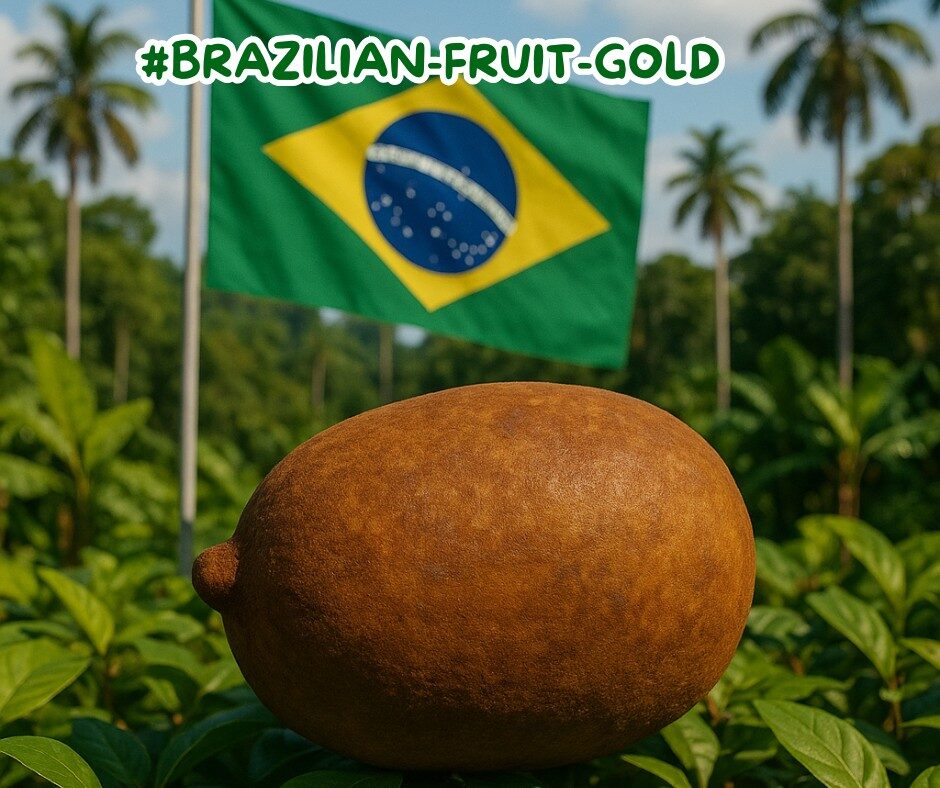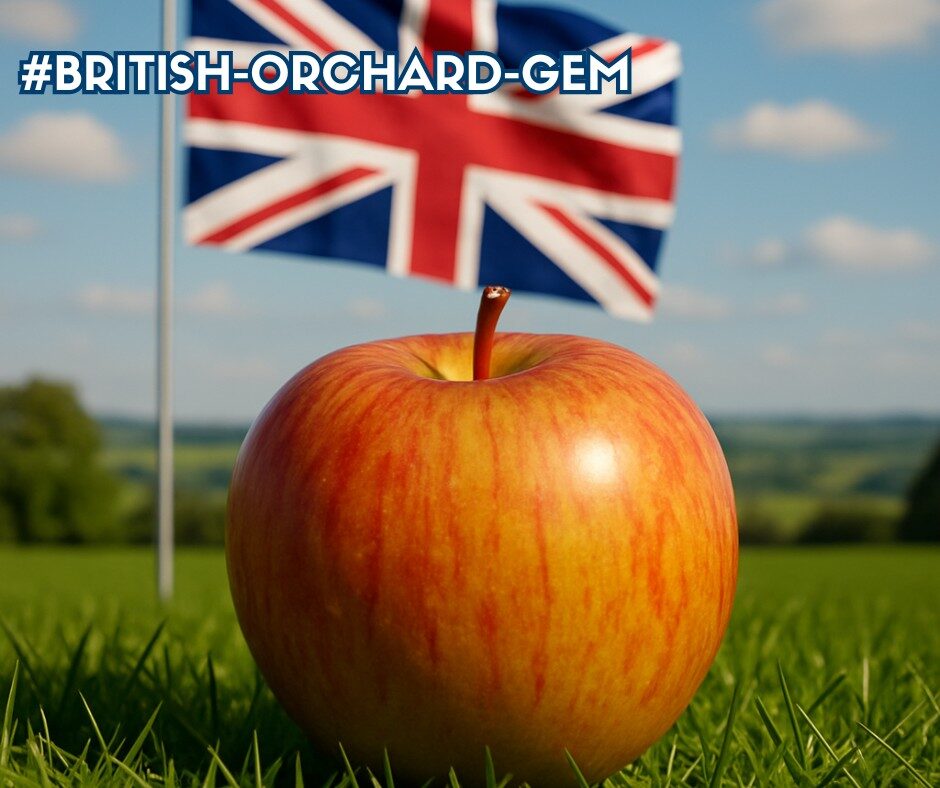Around the world in 40 fruits – Volume 2 – (Article 2 of 40)
By Dr. Marli Botha
Whilst North Africa and Jamaica is about 11 000 kms apart – the do share one important thing. The Ackee fruit, known to be Jamaica’s national fruit, is a tropical fruit native to West Africa, brought to Jamaica, and is known for its unique flavour and cultural significance.
Here’s why the ackee has become both a cultural treasure and a culinary icon – with a few surprises thrown in!
- The ackee tree is native to West Africa, where it’s known as “akye-fufuo” or “anke”. It was introduced to the Caribbean, particularly Jamaica, during the 18th century.
- “Ackee and saltfish” (ackee cooked with salt cod) is the national dish of Jamaica, showcasing the fruit’s importance in Jamaican culture.
- Unripe Ackee fruits contain hypoglycin A and B, which are toxins that can cause Jamaican vomiting sickness and could be potentially fatal if ingested in large quantitates.
- The fruit arils are renowned as delicious when ripe, prepared properly, and cooked and are a feature of various Caribbean cuisines.
- Jamaicans often describe the fruit as “smiling” or “yawning” when it splits open on the tree, indicating it’s ready to be harvested.
- Ackees are reported rich in minerals the foremost being potassium. They contain all the essential amino acids and are rich in omega-6 fatty acids.
